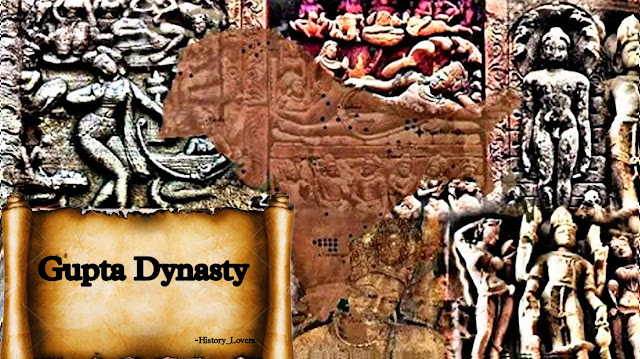THE MOORISH IMPACT ON SPAIN
The Moorish Legacy: Spain's Enduring Tapestry of Islamic Influence
Introduction:
We all know that Spain is a well known country for it's marvelous technology and economic growth among other countries. Spain is not only rich in economy but also rich in culture, art & history. Spain's rich tapestry of history is woven with diverse threads, and among the most intricate and enduring is the Moorish legacy. The period of Islamic rule in Spain, known as Al-Andalus, left an indelible mark on the Iberian Peninsula, shaping its culture, architecture, and intellectual landscape. In this article, we'll explore the impact of Moors arrival, art and culture in spain.
I. The Arrival of the Moors:
 |
| Moors arrival |
The Moorish influence on Spain began in 711 AD with the Umayyad conquest led by Tariq ibn Ziyad. This marked the beginning of a vibrant era that would see a fusion of Islamic, Christian, and Jewish cultures, creating a unique blend that defines Spain to this day.
II. Al-Andalus: A Center of Learning and Culture:
Under Moorish rule, Al-Andalus became a beacon of enlightenment. Cordoba, the capital, boasted a flourishing culture where scholars of different faiths worked together, translating ancient Greek and Roman texts into Arabic, preserving and expanding knowledge. The House of Wisdom in Cordoba became a center for advancements in science, medicine, mathematics, and philosophy.
III. Architectural Marvels: The Legacy in Stone:
 |
| Architectural Marvels of Moors |
Perhaps the most visible testament to Moorish influence is the breathtaking architecture scattered across Spain. We all know that Islamic cultural forts can attract more with their variant style of architecture. There are so many architectural marvel we can see even today. The Alhambra in Granada stands as a pinnacle of Moorish design, with its intricate geometric patterns, horseshoe arches, and lush gardens. The Great Mosque of Cordoba, later transformed into a cathedral, showcases the harmonious blend of Islamic and Christian elements.
IV. Agricultural Advancements: Transforming the Landscape:
The Moors introduced innovative agricultural techniques, revolutionizing Spain's landscape. They implemented advanced irrigation systems, introduced new crops, and cultivated previously arid lands. This agricultural revolution not only boosted the economy but also left a lasting impact on Spain's culinary traditions.
V. Linguistic Legacy: Words That Endure:
 |
| Moors Legacy |
The Arabic language left an indelible mark on the Spanish language. Many words, ranging from everyday vocabulary to scientific and mathematical terms, bear the imprint of the Moors. This linguistic fusion is a testament to the enduring impact of Al-Andalus on Spain's cultural identity.
VI. Religious Coexistence: A Model for Tolerance:
Contrary to the religious conflicts that would later define Europe, Al-Andalus exemplified a remarkable era of religious coexistence. Muslims, Christians, and Jews lived side by side, sharing knowledge, ideas, and cultural practices. This model of tolerance stands as a stark contrast to the religious strife that would later grip the continent.
VII. The Decline and Legacy:
As the Reconquista unfolded over centuries, Christian forces gradually reclaimed territories from the Moors. In 1492, with the fall of Granada, the last Muslim stronghold, Spain underwent a profound transformation. Yet, the Moorish legacy endured, influencing art, science, literature, and daily life.
Conclusion:
The Moorish legacy in Spain is a testament to the transformative power of cultural exchange and coexistence. As we wander through the Alhambra's intricate halls or stroll the streets of Cordoba, we walk in the footsteps of a civilization that, despite the sands of time, continues to shape and enrich Spain's identity. The Moors, with their intellectual curiosity, architectural prowess, and spirit of tolerance, left an enduring imprint on the Iberian Peninsula, a legacy that transcends borders and centuries.
Thank you for reading.❤



